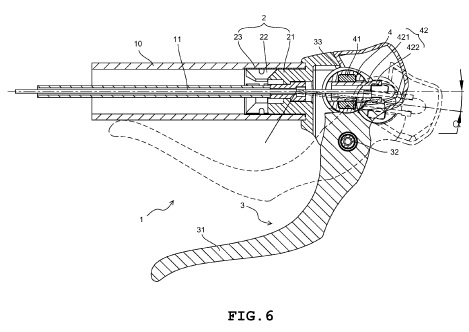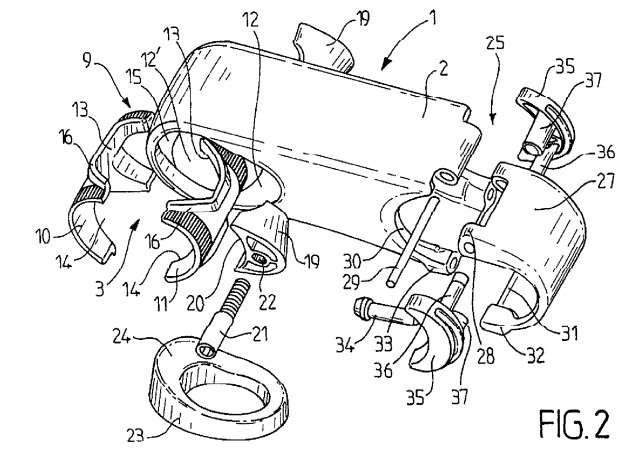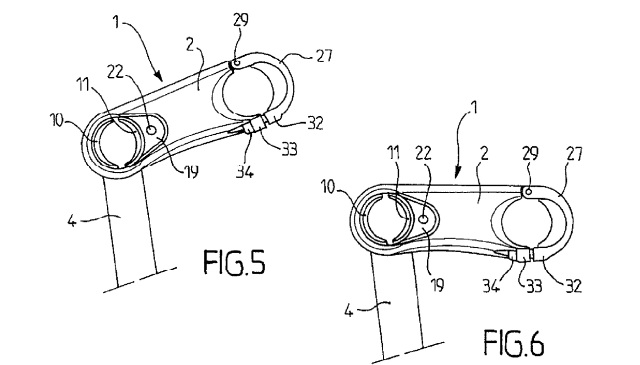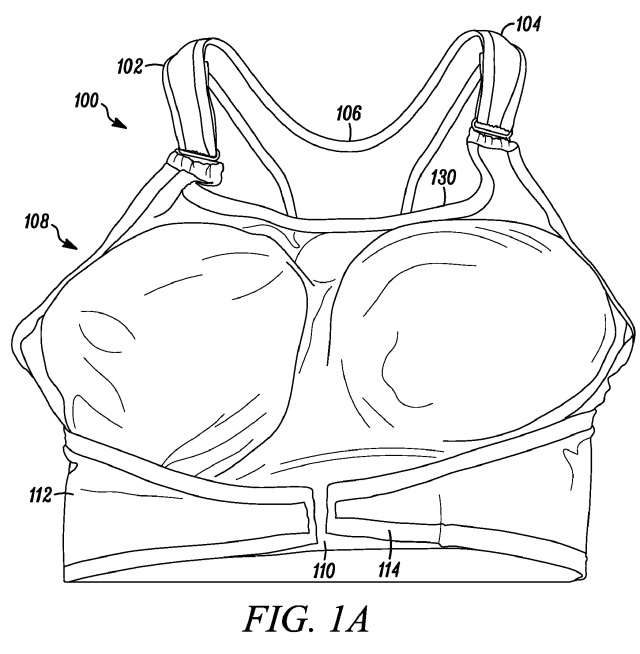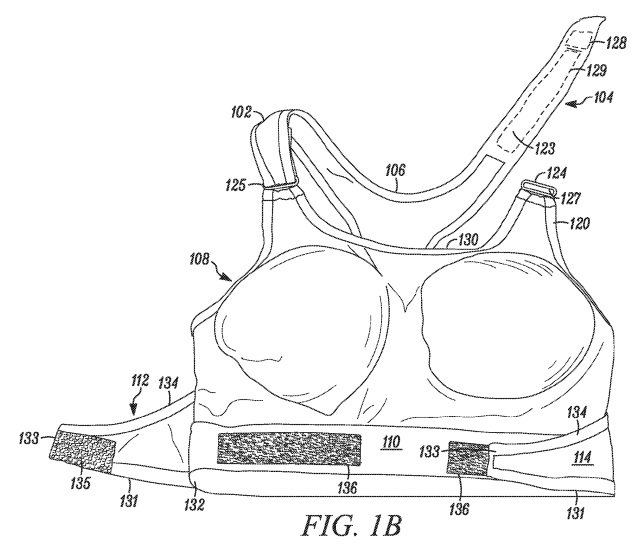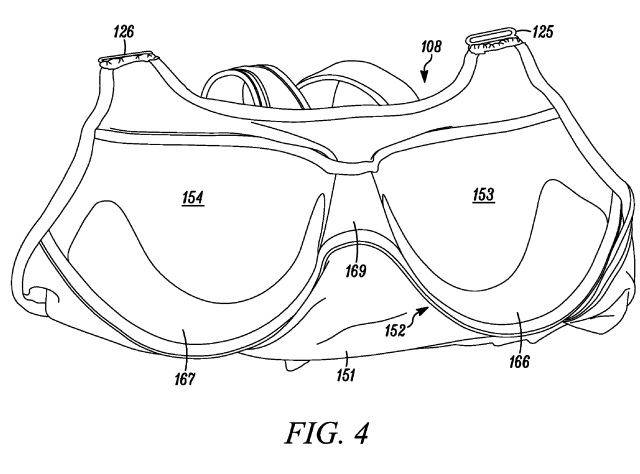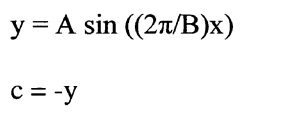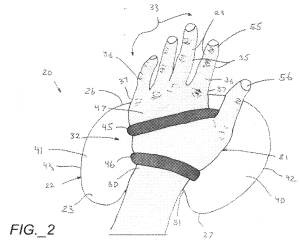Today’s patent application attempts to solve the following problem: deteriorated braking effect which may be caused by the braking cable becoming excessively bent. In addition, the application presents a braking handlebar which is “easy to loosen or tighten.”
As illustrated in FIGS. 2 and 4, the braking handlebar includes a pressing section 31 (e.g., a lever), a pivoting section 32 (e.g., an axis for the lever to pivot), and an accommodating section 33 (e.g., a housing). The accommodating section 33 is aligned with the handle 10 and carries a screw adjusting element 4. The screw adjusting element 4 includes a cylindrical body 40 which carries an adjustable screw 41 and an inner screw tube 42. A braking cable 11 extends through the handle 10 and the accommodating section 33 – including within the inner screw tube 42 and the adjusting screw 41.
FIG. 6 illustrates that when the pressing section 31 is not depressed, the core of the inner screw tube 42 is aligned with the handle 10 and that when the pressing section is depressed (braking), the core of the inner screw tube 42 is slightly lower than the core of the handle 10, being bent at an angle alpha. This purportedly prevents an overly bent angle in the brake cable and reduces cable friction during braking. An overall view of FIG. 6 and an enlarged view are shown below.
The application also asserts that the adjustable screw 41 within the screw adjusting element 4 allows the brake cable 11 to be “easily” tightened or loosened (See also FIG. 4 above).
Today’s patent application (U.S. Pub. 2012/0240713) was published on September 27, 2012. The full text may be found here (last visited October 3, 2012). The inventor Szu-Fang Tsai of Changhua, Taiwan appears to have assigned the rights to Tektro Technology, Corp.
As of today’s date, the USPTO has filed a Non-Final Office Action dated October 2, 2012 asserting at least the following rejections:
- 35 USC 112, second paragraph for failing to particularly point out and distinctly claim the subject matter; and
- 102(b) as being anticipated by Wang (US Pat. 6,161,448).
I write this blog without taking a position as to the usefulness, desirability, novelty, aesthetics, functionality, etc. of the products or processes discussed in my posts. Naturally, readers are free to take any position they prefer and comment accordingly, provided it is in good taste. However, if I am silent with respect to your comment, such silence should not be construed as any agreement or disagreement to the comment; I hope you can appreciate that I simply prefer to remain neutral in such matters and merely report Patent Office and triathlon-related news. Thanks! 🙂



